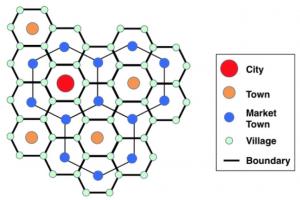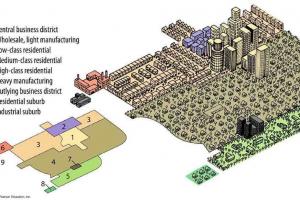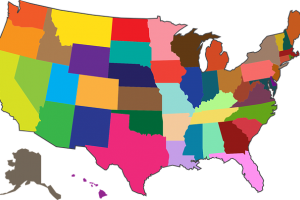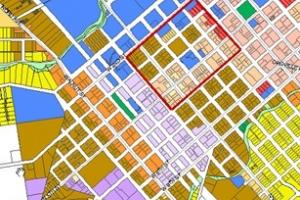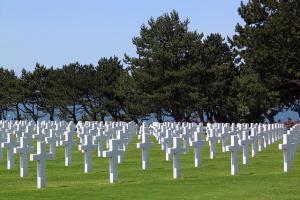Land Use Pattern | Basic Urban Form Conceptual Frameworks

Trend Extension
- resembles the Dispersed Sheet urban form of Kevin Lynch, which he described as having “maximum flexibility, personal comfort, independence and where local participation is highly possible”
- Trend extension is the result of individuals building anywhere according to their own preferences and convenience with minimal government intervention.
- development is spread evenly over a wide continuous tract, very accessible to open land, and transport is designed as continuous grid.
- no vivid or memorable image of the city and costly provision of public service.
Fig: Dispersed Sheet
Land Use Pattern
Linear Urban Form
- a.k.a Ribbon or Strip development
- characterized by concentration of development along both sides of major transportation routes such as roads, navigable rivers or other form of transport network
- generally start on a one-lot-deep into a grid system.
- also resembles what Kevin Lynch refers to as the Urban Star which is characterized by a strong urban core with secondary centers of moderate densities, distributed along main radials roads.
- very strong visual image
Land Use Pattern
Multi-Nodal Urban Form:
- re-directs development away from the urban core or city center toward identified urban growth areas or nodes.
- approximates Lynch’s Galaxy form, which is characterized by clusters of development with each cluster having its own specialization.
- the major center provides specialized facilities and services to its nodes and acts as it external linkage to other centers of the city or municipality. The nodes support the major center as its captive market while providing neighborhood facilities and services to its area of influence.
- Under the Centric and Nodal form, a number of additional mixed-use growth areas will be developed outside the Poblacion area existing center of development.
- another related nodal-central type of development is Radial and Circumferential. It shows a development channel fanning out from a given center where points of activities are interconnected by radial and circumferential road systems which are potential development corridors.
Concentric Urban Form
- this form reflects an outward expansion of urban development from the city center/core induced by the construction of new circumferential and radial roads.
- the form pattern matches the Core City of Kevin Lynch has the unique characteristic of concentrating development into one continuous body originating from the center or core.
- aiming to maximize land use in the Poblacion or city center to provide more open space outside, this urban form redirects future development in and around the Poblacion/city center, extending to the adjoining barangays or barrios. As a result, the direction of growth enlarges the urban core.
Grid Form
- this system is made up of rectangular blocks defined by parallel and intersecting streets. The simplicity of this layout provides accessibility of plots and/or structures, but conflict or movement could arise due to numerous intersections.
Land Use Pattern-Shapes
Radiocentric
A large circle with radial corridors of intense development emanating from the center
Rectilinear
Usually with two corridors of intense development crossing the center; usually found in small cities rather than in large
Star
Radiocentric form with open spaces between the outreaching corridors of development
Ring
A city built around an open space:
Land Use Pattern-Shapes
Linear
Usually the result of natural topography which restricts growth; may also be a transportation spine.
Branch
A linear span with connecting arms.
Sheet
A vast urban area with little or no articulation.
Articulated sheet
A sheet accented by one or more central clusters and several subclusters.
Constellation
A series of nearly equal sized cities in close proximity
Satellite
Constellation of cities around a main cluster




